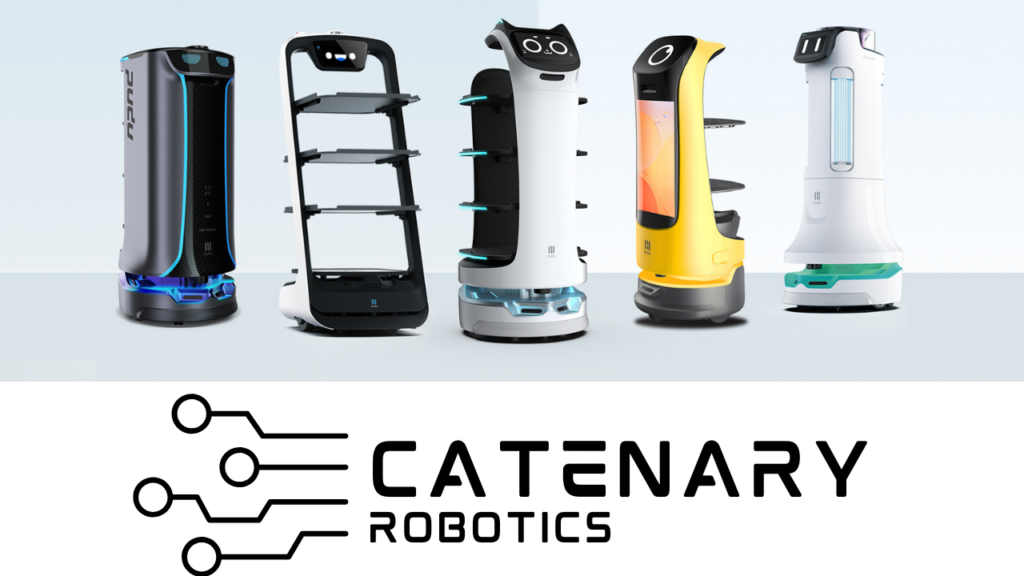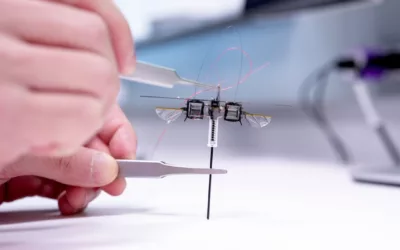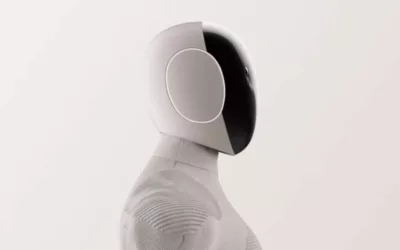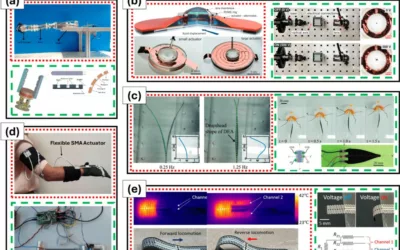A new framework as reported by MIT News has been developed that streamlines the process of teaching robots to perform various household tasks, even in unfamiliar settings. Developed by a collaborative team from MIT, New York University, and the University of California at Berkeley, this cutting-edge system allows humans to quickly instruct robots with minimal effort, enabling them to excel at different tasks efficiently. Let’s explore how this innovative approach can significantly enhance robot learning capabilities and pave the way for general-purpose robots assisting the elderly and individuals with disabilities across diverse environments.
Distribution Shift Challenges and the Solution
Robots often encounter difficulties when presented with objects or environments they haven’t encountered during their training. The team’s solution addresses this issue by employing a unique algorithm that generates counterfactual explanations when a robot fails to perform a task. These explanations highlight the necessary changes that would have led the robot to success. The robot then uses this valuable feedback, combined with counterfactual explanations, to fine-tune its performance for future attempts.
Optimized Fine-Tuning through Data Augmentation
The researchers’ framework involves fine-tuning a pre-trained machine-learning model, enabling it to excel in similar but distinct tasks. To accomplish this, the system identifies the specific object the user wants the robot to recognize and determines which visual aspects are irrelevant to the task. This information is then utilized to generate new, synthetic data through data augmentation. By altering “unimportant” visual concepts, the system produces multiple augmented demonstrations with various objects, drastically reducing the number of required demonstrations from the user.
Human-Centric Approach
To gauge the effectiveness of their method, the researchers involved human users in the training loop. Through user studies, they verified that the counterfactual explanations were instrumental in helping identify elements that could be altered without affecting the task. The framework was applied to three simulations, showcasing the robot’s capabilities in navigating to a goal object, unlocking a door with a key, and placing desired objects on a tabletop. In each scenario, the robot demonstrated accelerated learning compared to traditional methods, with fewer demonstrations required from the users.
Future Prospects and Ongoing Research
The team’s next phase involves real-world testing of the framework with physical robots. Additionally, they are dedicated to optimizing the data generation process by leveraging generative machine-learning models. The ultimate goal is to create versatile, adaptive robots that efficiently execute daily tasks, catering to the needs of the elderly and individuals with disabilities in various environments.
With this new framework, teaching robots new tasks in diverse environments becomes more efficient. By utilizing counterfactual explanations and human feedback, the system ensures optimized fine-tuning through data augmentation. The implications of this research have the potential to revolutionize the capabilities of general-purpose robots to assist and enhance the lives of people.








